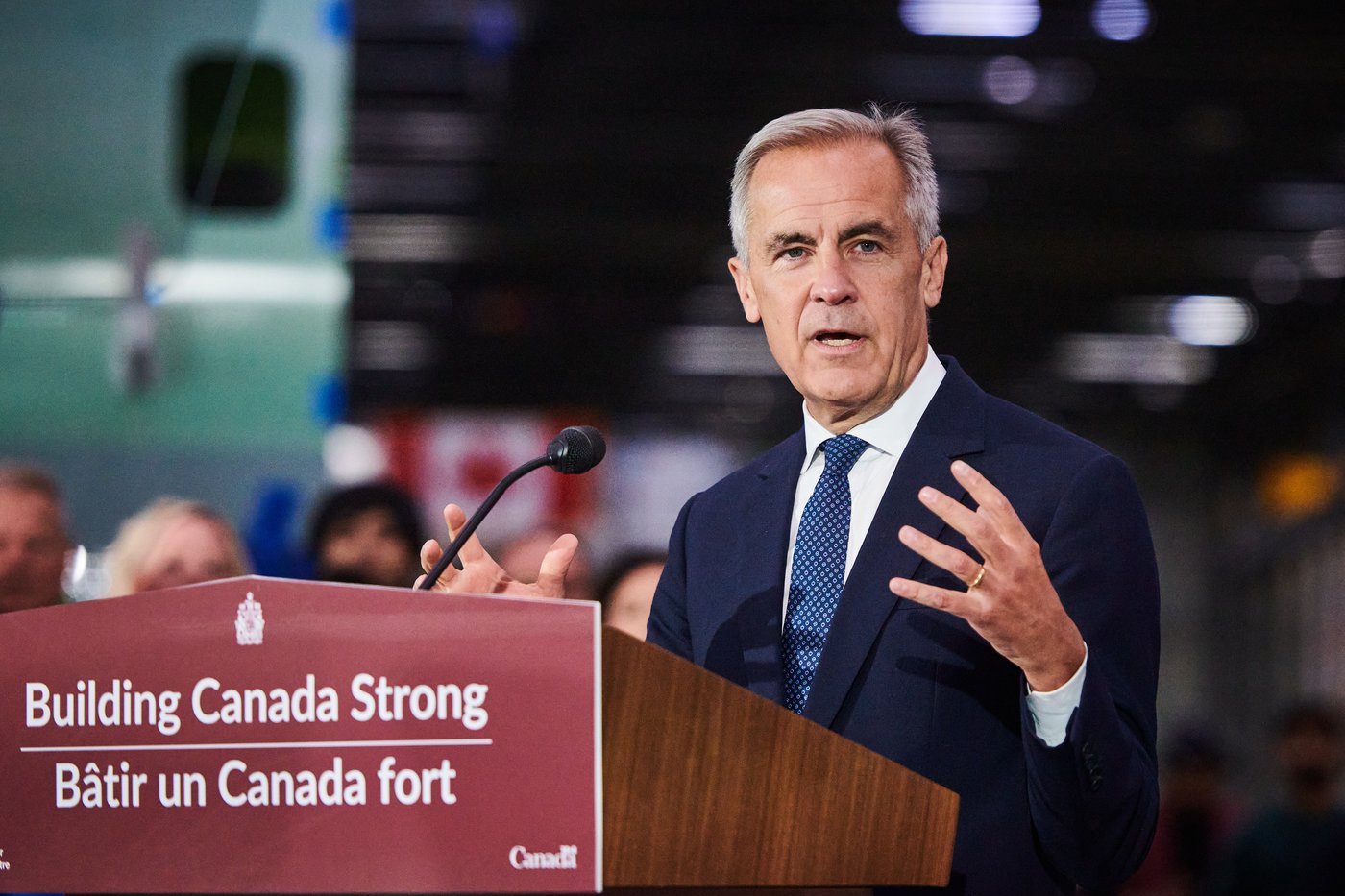The issues driving youth violence in Toronto are complicated. The solution shouldn’t be

Two minutes before midnight on a school night last month, four people jumped out of an SUV and shot a man dead outside a high-rise apartment in Toronto’s North York neighbourhood.
Police have since charged a suspect with first-degree murder. He’s 14 years old — middle-school-aged, not yet old enough to have his own driver’s licence and the second boy his age in Toronto to face such a charge in less than two weeks.
“We are in a crisis,” said Solange Scott, president of the Ontario Secondary School Teachers’ Federation (OSSTF) professional student services personnel. “It is abnormal for a 14-year-old to be charged with first-degree murder.”
Social workers, educators, psychologists and community support workers say a constellation of factors contribute to youth violence in the Greater Toronto Area, ranging from pandemic fallout to the proliferation of social media. They did, however, agree that the solution is far more straightforward: they say long-term funding commitments for support programs, coupled with the space and time to focus on root causes and violence prevention, are critical to achieving change and saving lives.
Anger, grief, anxiety unchecked during pandemic
Violent youth crime jumped by five per cent across Canada in 2022, according to Statistics Canada. Eighteen of the youth charged with violent crime that year were in Toronto — nearly a quarter of all accused and up from just three the year before.
The average age of those involved in gun violence in the city has dropped from 25 in recent years to just 20, according to Toronto police.
Experts say the COVID-19 pandemic and its cascading catastrophes affected children and teenagers at a critical stage of their emotional and physical development. During the months that schools were closed in Ontario, developing students dealing with big emotions like anxiety, grief and isolation simultaneously lost access to the stabilizing influence of the classroom and to community programs.
Without real-life safe spaces, young people turned to their phones and social media — where conflict, intimidation and bullying run rife.
“At a really critical developmental time where social supports or school or sports would be teaching kids how to resolve conflict peacefully … they were just not there,” said Lin Fang, a social worker and chair in children’s mental health at the University of Toronto.
Solange Scott, president of the Ontario Secondary School Teachers’ Federation Professional Student Services Personnel bargaining unit, says staff helping young victims of violence need better funding for education and support programs.
Children and teenagers who are repeatedly exposed to intense stress experience developmental trauma, according to forensic psychologist Dilys Haner. Those who can’t access support can get stuck in a fight-or-flight state, which leads to trouble responding appropriately to threats — like the expectations, pressure and conflict teenagers face at their age.
“Some youth … have found themselves in situations that they couldn’t handle that then escalated, and they struggled to problem-solve to get themselves out of that,” said Haner, who works with youth offenders as part of her practice.
“I’ve had youth who told me they were shocked at what they had done afterwards.”
The pandemic also exposed and worsened long-standing health inequities that research has shown to disproportionately affect racialized people — particularly Black and Indigenous communities, where social services, housing and access to amenities were already lacking.
“Youth are keenly aware and families and communities are keenly aware that that plays a significant, significant impact on the rise and flux of gun violence [and] homicides that we’re seeing throughout the GTA,” said Tanya Sharpe, founder of the Centre for Research and Innovation for Black Survivors of Homicide Victims (CRIB).
“If you don’t have a place to go to talk about alternative ways to deal with the grief, have space that’s held for you that’s culturally responsive.… You sort of get the message or the memo that, ‘My life doesn’t matter, as well.'”
Information Radio – MB8:33What’s behind an uptick in youth violence? Experts say it’s a complex problem to solve
Leena Augimeri is a child and youth mental health specialist in Toronto, and co-founder of SNAP, or Stop Now and Plan – an intervention for aggressive kids and teens. She explains an intervention that works to host Marcy Markusa.
Success in Scotland
The 14-year-old boy charged with first-degree murder in Etobicoke last month was playing dominoes with a group when he allegedly opened fire on them. The mass shooting left two dead and three injured.
The same month, a 15-year-old boy stabbed another 15-year-old after an argument on a TTC bus. In December 2022, eight girls between the ages of 13 and 16 were charged with manslaughter in the swarming death of Kenneth Lee, who was living in Toronto’s shelter system.
The number of youth charged with homicide in Toronto previously peaked at 86 in 2006, the year after a string of gang-related violence led to the Boxing Day shooting of Jane Creba, 15, near the Eaton Centre mall — a killing that led to charges against several alleged gang members.

The same year Creba died, Scotland’s Glasgow was dubbed the “murder capital of Europe.” The city has found success in treating youth violence as a public health crisis that can spread from person to person, like a disease. The Scottish Violence Reduction Unit uses data to understand the root of the problem and invest appropriately in preventive support programs.
A report said sustained long-term funding and time to study data were “pivotal” to the success of the approach, which the unit’s lead said has been credited with reducing deaths in the country by 35 per cent between 2010 and 2020.
“It all starts with understanding what the challenges are in your context,” said Jimmy Paul, head of the Scottish VRU. “Listening to people with lived experiences, testing and evaluating new projects … and then when you find something good, making sure you scale that up.”
Information Radio – MB8:31Treating youth violence like a disease that needs treating: the Glasgow Approach
In Glasgow Scotland a radically different approach to curbing violence is working. Called “the murder capital of Europe” by the World Health Organization two decades ago, it has since reduce violent crimes by more than 40 percent. How? By treating youth violence like a public health crisis. Jimmy Paul is the Head of the Scottish Violence Reduction Unit
Those interviewed for this article said governments need to restore and increase cash flow to give children spaces that offer them a sense of belonging and safety, like bereavement therapy, sports clubs, resource staff, social workers, peer-to-peer connection and intergenerational trauma counsellors.
Support workers who may have experienced violence themselves and can connect with children in a culturally appropriate way are also critical, as through CRIB’s Neighbourhood Ambassadors program.
“Young people need to know they’re having a normal response to that which is abnormal,” said Sharpe.
Scott, with the OSSTF, said funding in the Toronto District School Board is going in the wrong direction, with per-pupil funding projected to be $1,500 lower this coming school year than in 2018-2019.

Such cuts mean her support workers are now stretched at a ratio of one worker for every two schools, instead of one dedicated worker at every school.
“The murder that occurred at Woburn [Collegiate]: My member was holding the student who died. This is the reality of what’s happening out here,” she said.
“My members have all come back to me and said, ‘Solange, we need help. We can’t do this alone.’




